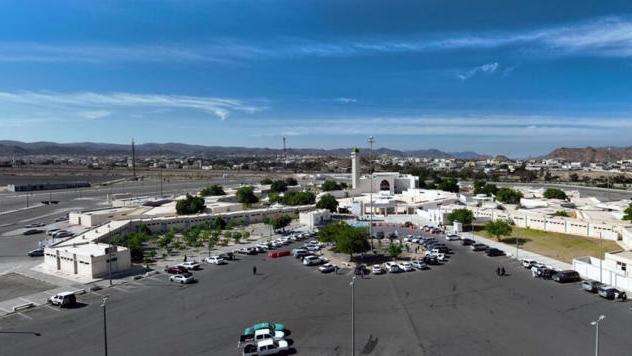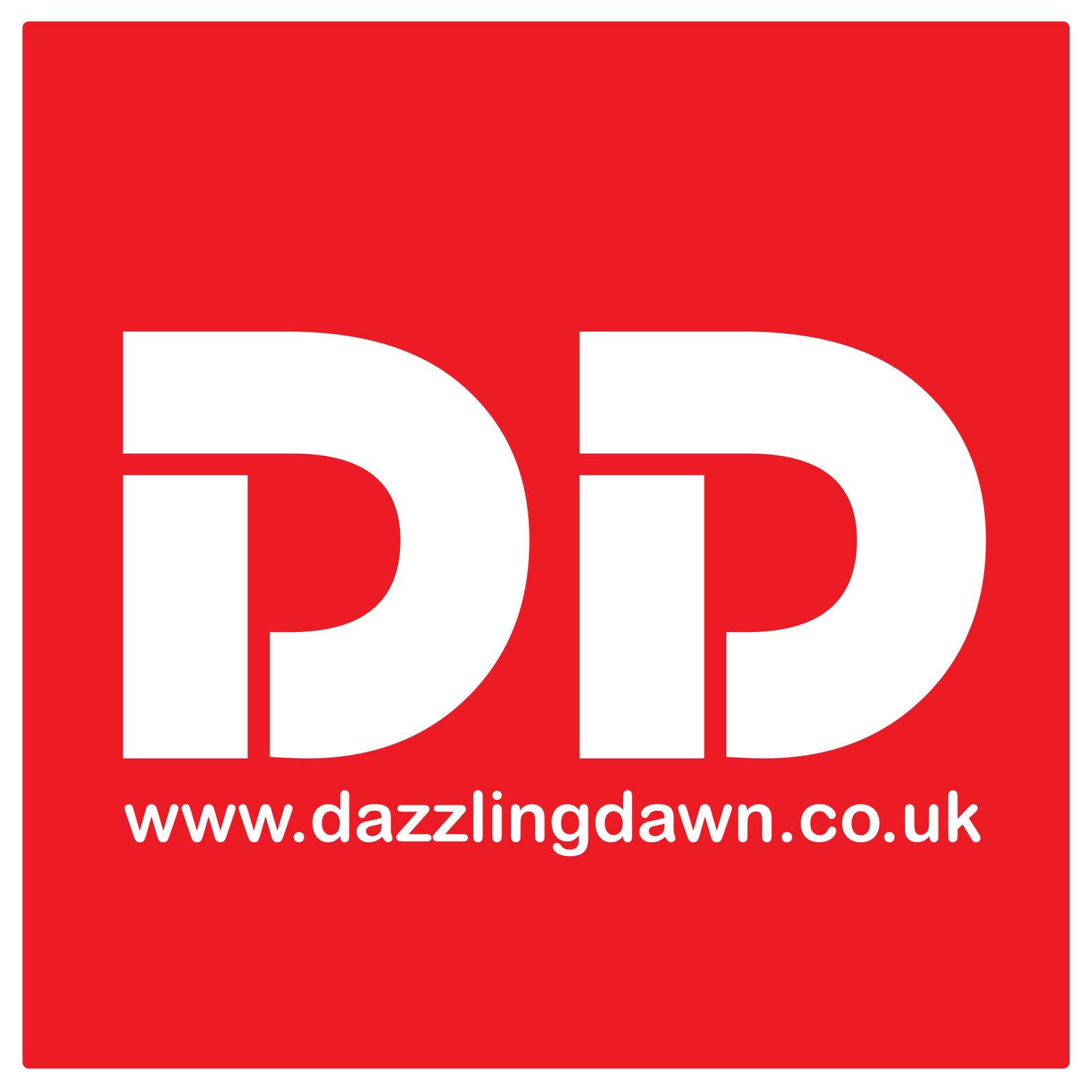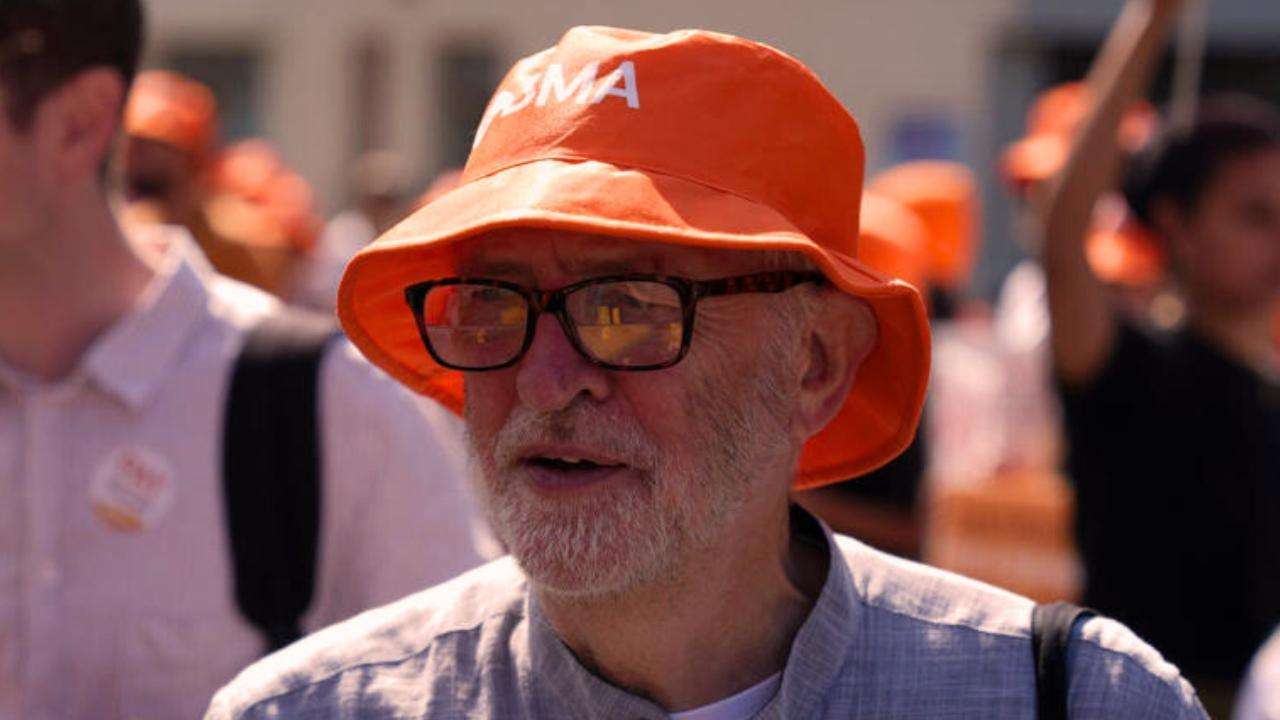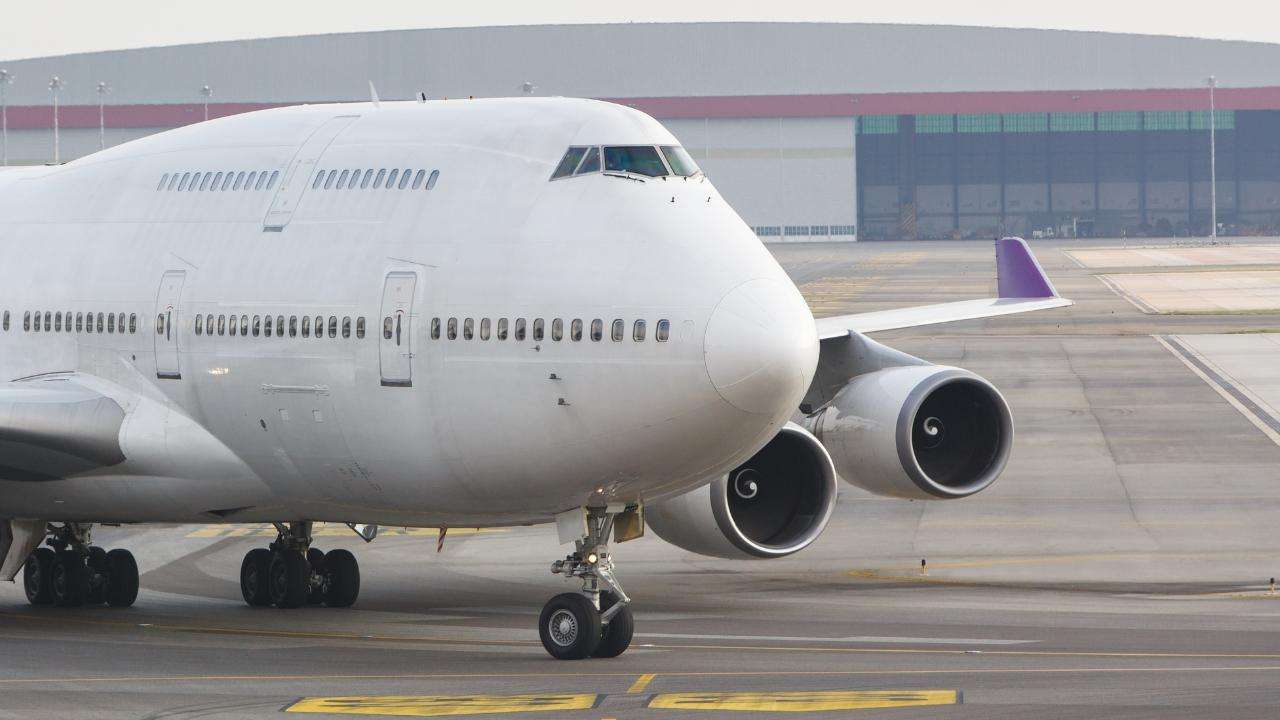The Office for National Statistics (ONS) announced an update to its first growth estimate, indicating that the gross domestic product (GDP) increased by 0.7% from January to March.
The initial report, released on May 10, 2023, stated that output had increased by 0.6% during the preceding three months. This was a positive statistic that ended the brief recession that had occurred in the latter half of 2023.
Economists then generally attributed the choking of demand to the consequences of the Bank of England's interest rate rises in an effort to battle inflation.
All the growth during the January-March period was attributable to the services sector, which accounts for almost 80% of the economy.
We have since learned that there was zero growth recorded by the ONS for the month of April, with poor weather hitting construction and high streets.
The data is the last from the ONS before the country goes to the polls on 4 July - with the economy, and personal finances especially, among the topics high on voters' minds following the effects of the COVID pandemic and energy-driven cost of living crisis.
The timing of the general election has coincided with fierce debate over whether the Bank should now be cutting interest rates, allowing for an easing in borrowing costs.
At its last policy meeting just over a week ago, the rate-setting committee The timing of the general election has coincided with fierce debate over whether the Bank should now be cutting interest rates, allowing for an easing in borrowing costs.
At its last policy meeting just over a week ago, the rate-setting committee voted 7-2 to maintain Bank rate at 5.25%.
The minutes of the meeting betrayed continuing worries about the pace of wage growth and stubborn inflation within services.
The Bank fears that a rate rise, at this stage, risks fuelling price growth further as basic salaries grow at a pace of 6%.
The rate of inflation is currently back at its 2% target for the first time in three years.
As things stand, financial markets and economists see August or September as the likely months for the first rate cut, barring any new shocks.
The Bank estimated last week that the economy would expand by 0.5% in the April-to-June period, despite the lag reported for April itself.
The minutes of the meeting betrayed continuing worries about the pace of wage growth and stubborn inflation within services.
The Bank fears that a rate rise, at this stage, risks fuelling price growth further as basic salaries grow at a pace of 6%.
The rate of The timing of the general election has coincided with fierce debate over whether the Bank should now be cutting interest rates, allowing for an easing in borrowing costs.
At its last policy meeting just over a week ago, the rate-setting committee voted 7-2 to maintain Bank rate at 5.25%.
The minutes of the meeting betrayed continuing worries about the pace of wage growth and stubborn inflation within services.
The Bank fears that a rate rise, at this stage, risks fuelling price growth further as basic salaries grow at a pace of 6%.
The rate of inflation is currently back at its 2% target for the first time in three years.
As things stand, financial markets and economists see August or September as the likely months for the first rate cut, barring any new shocks.
The Bank estimated last week that the economy would expand by 0.5% in the April-to-June period, despite the lag reported for April itself.for the first time in three years.
As things stand, financial markets and economists see August or September as the likely months for the first rate cut, barring any new shocks.
The Bank estimated last week that the economy would expand by 0.5% in the April-to-June period, despite the lag reported for April itself.


_7.jpg)

_8.jpg)



.svg)


